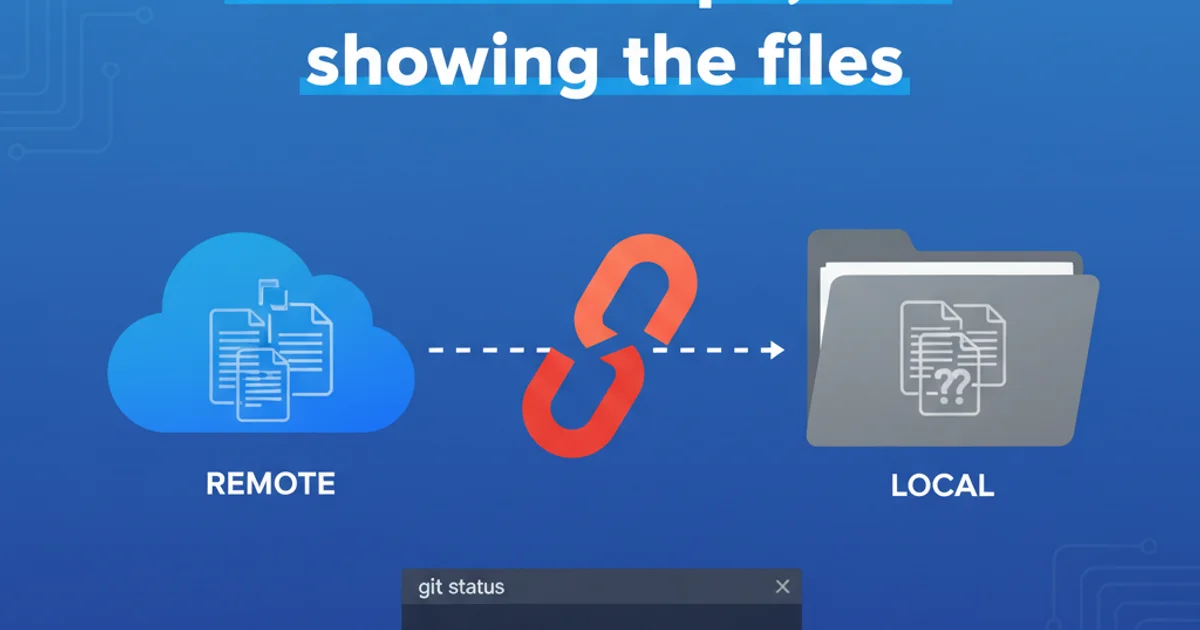Is there a splice method for strings?
Categories:
String Manipulation in JavaScript: Exploring Alternatives to a 'Splice' Method

While JavaScript arrays have a powerful splice() method, strings do not. This article explores common techniques for achieving similar string manipulation effects, such as inserting, deleting, or replacing substrings.
JavaScript's Array.prototype.splice() is a versatile method for changing the contents of an array by removing or replacing existing elements and/or adding new elements in place. Developers often look for a similar direct method for strings, expecting String.prototype.splice(). However, no such method exists natively for JavaScript strings. This is primarily because strings in JavaScript are immutable – once created, their content cannot be changed. Any operation that appears to modify a string actually returns a new string with the desired changes.
Understanding String Immutability
The immutability of strings is a fundamental concept in JavaScript. When you perform an operation like concatenation or substring replacement, you're not altering the original string object. Instead, a new string is created in memory, containing the result of the operation. This design choice has implications for performance and how you approach string manipulation tasks. It means that methods like splice() which modify an object in place, are fundamentally incompatible with the nature of JavaScript strings.
flowchart TD
A[Original String] --> B{"Manipulation Operation"}
B --> C[New String Created]
A --"Original remains unchanged"--> A
C --"Result of operation"--> D[Variable Assignment (Optional)]String Immutability Flow
Simulating 'Splice' for Strings: Common Techniques
Despite the lack of a direct splice() method, you can achieve all its functionalities for strings using a combination of existing string methods. The most common approach involves using slice() to extract parts of the string and then concatenating them with the new content.
1. Inserting a Substring
To insert a substring at a specific index, you can divide the original string into two parts using slice(), and then concatenate the first part, the new substring, and the second part.
function insertString(originalString, index, stringToInsert) {
return originalString.slice(0, index) + stringToInsert + originalString.slice(index);
}
let myString = "Hello World";
let newString = insertString(myString, 6, "Beautiful ");
console.log(newString); // Output: "Hello Beautiful World"
let anotherString = insertString("abc", 0, "xyz");
console.log(anotherString); // Output: "xyzabc"
let endOfString = insertString("abc", 3, "xyz");
console.log(endOfString); // Output: "abcxyz"
Inserting a substring using slice() and concatenation.
2. Deleting a Substring
To delete a substring of a certain length starting from a specific index, you can take the part of the string before the deletion point and concatenate it with the part after the deletion point.
function deleteString(originalString, index, length) {
return originalString.slice(0, index) + originalString.slice(index + length);
}
let myString = "Hello Beautiful World";
let newString = deleteString(myString, 6, 10); // Delete "Beautiful "
console.log(newString); // Output: "Hello World"
let startOfString = deleteString("xyzabc", 0, 3);
console.log(startOfString); // Output: "abc"
let endOfString = deleteString("abcxyz", 3, 3);
console.log(endOfString); // Output: "abc"
Deleting a substring using slice().
3. Replacing a Substring
Replacing a substring combines the logic of deletion and insertion. You delete a portion of the string and then insert new content in its place. JavaScript also offers the replace() method, which is often more convenient for simple replacements, especially when dealing with regular expressions.
// Method 1: Using slice() for specific index/length replacement
function replaceStringSlice(originalString, index, length, stringToReplaceWith) {
return originalString.slice(0, index) + stringToReplaceWith + originalString.slice(index + length);
}
let myStringSlice = "Hello Ugly World";
let newStringSlice = replaceStringSlice(myStringSlice, 6, 4, "Beautiful");
console.log(newStringSlice); // Output: "Hello Beautiful World"
// Method 2: Using String.prototype.replace() for simpler replacements
let myStringReplace = "Hello Ugly World";
let newStringReplace = myStringReplace.replace("Ugly", "Beautiful");
console.log(newStringReplace); // Output: "Hello Beautiful World"
// Using replace() with regex for global replacement
let sentence = "The quick brown fox jumps over the lazy fox.";
let updatedSentence = sentence.replace(/fox/g, "dog");
console.log(updatedSentence); // Output: "The quick brown dog jumps over the lazy dog."
Replacing substrings using slice() or replace().
String.prototype.replace() is generally more readable and efficient than using slice(). However, if you need to replace based on an exact index and length, the slice() approach is necessary.